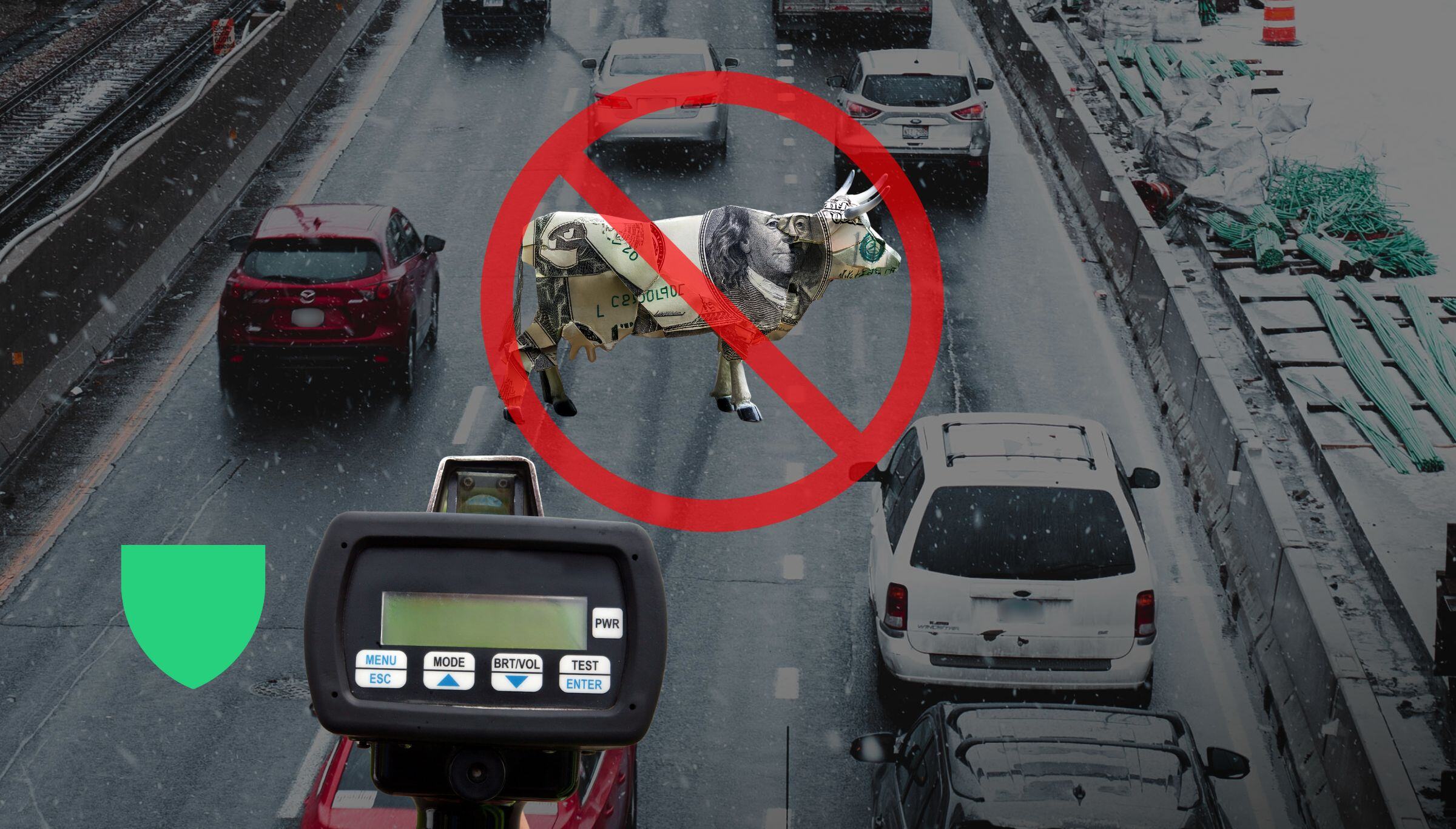Alberta’s auto insurance market has been at the center of scrutiny and controversy for many years. Headlines about reports on public vs. private auto insurance, rate freezes, rate increases for safe drivers, insurance companies leaving the province, and the latest announcement about Alberta’s sweeping changes to the insurance industry. With all of this in mind you might be asking yourself: What is happening to Alberta car insurance? We’d like to take an opportunity to break down the state of Alberta auto insurance and what changes could look like.
To make things as easy to follow as possible, we’ve broken down Alberta Auto insurance into 4 distinct components:
- Private vs Government Auto Insurance
- The Alberta Auto Insurance Rate Board
- Personal Injury Law in Alberta
- Government Changes to Auto Insurance
Private Vs Government Auto Insurance
Arguably one of the most heated arguments about auto insurance is the debate over public vs private systems. The most notable examples of government systems are British Columbia, Saskatchewan, and Manitoba, while the most notable examples of private systems include Alberta and Ontario.
In a private insurance system, it is up to the companies in the market to create a competitive, viable, and profitable product offering. If private industry fails to do that, they will not grow or they will lose money. Sonnet Insurance, who left Alberta over the summer, reported losing millions annually due to claims and legal fees, despite holding nearly $80 million in auto insurance premiums in 2022.

If you know someone from Saskatchewan, it’s likely that you’ve heard them mention how much cheaper their car insurance is than yours. Which to their credit, is probably an accurate assessment. When the onus is on the government to provide auto insurance, they can control the prices. They can artificially maintain low prices for their citizens for affordability.
However, when the government is responsible for paying out all claims in the area, it can be difficult to effectively charge each person for their associated risk. If the claims payouts are higher than the amount of premiums paid, they lose money. The taxpayer is the one left picking up the tab. For reference, SGI (Saskatchewan Government Insurance) posted a net loss of over $100 million in the first 9 months of 2023. Those losses are now the responsibility of the Saskatchewan taxpayers.
One estimate found that setting up a government auto insurance system would cost approximately $3 billion with additional costs to operate annually. The same report estimated a job loss of up to 5,000 with a particularly strong impact on small towns and rural communities. It should be noted that the Alberta auto insurance market has a cap of 6% profits annually. If a company exceeds a 6% profit on auto insurance, the Minister of Finance can order a rebate on insurance premiums.
Of course, each system has its pros and cons. The one-size-fits-all approach of government auto insurance often offers lower premiums and good foundational coverage. The market specific coverage of private insurance can offer better protection for your specific needs and assets that might not be available otherwise.
The Alberta Auto Insurance Rate Board
If you haven't heard of the Alberta Auto Insurance Rate Board before, they have produced a rather humorous commercial for television to help you remember their name.
The AIRB is a regulatory body unique to Alberta. They are an independent agency that delivers rate regulation to car insurance companies. If the insurance companies in Alberta want to increase their auto insurance rates, they must apply for a rate increase from the AIRB.
In a perfectly balanced system, insurance companies would simply apply for rate increases when their claim payouts became unprofitable given the insurance premiums people were paying. However, in 2023 the Alberta government announced a 12 month auto insurance rate freeze which meant that no company could increase their prices over that period (provided there was no change to the driver risk profile).
In late 2023, the Alberta government announced that insurance providers could not increase auto insurance premiums by more than the consumer price index which resulted in about a 3.7% increase for “safe drivers”. Depending on the insurance company, loss ratios have an average of 117% on personal auto insurance with many companies having losses as high as 140% in the current 2024 market. This means that for most Alberta auto insurers, for every $1 they take in, they are paying between $1.17-$1.40.
The insurance companies, legal firms, and the Alberta government have long since been fighting about who should bear the blame for Alberta’s auto insurance rates. Hopefully, our next section can help clarify how all three of these parties co-exist.
Personal Injury Law in Alberta
The effects of Alberta’s personal injury law are best understood with 2 key components for Alberta:
- Alberta’s “No-Fault” Insurance System
- Alberta’s Suing Culture
Alberta's “No Fault” Insurance System
Depending on where you live in Canada, you will likely have a wildly different experience if you're injured in a car accident. There are two main systems that exist for compensating someone hurt in a car accident:
- No-fault system
- Tort system
The no-fault system, like the one's run in British Columbia, Manitoba, and Quebec, means that your insurance company pays for all injuries that you sustained in an accident, regardless of whoever was at fault. A tort-based system, like the ones in Atlantic Canada, allows the injured person to sue the at-fault party in court for damages.
Alberta and Ontario use a hybrid of the two models. If you and/or passengers are hurt in an automobile accident, your insurance company is meant to be responsible for paying the damages. However, you are still able to sue the at-fault driver for damages.
Despite having implemented DCPD (Direct Compensation for Property Damage) in 2022, the Alberta government did not take away any right to sue the at-fault party for damages. This created a system where you can be compensated for your own health impacts and property damage by your own insurance company, but you are still able to sue the at-fault party for damages. When your no-fault system still allows you to sue, is that really a no-fault system?
Note: A no-fault system still has an at-fault party who will see the impacts of the at-fault accident on their insurance record. No-fault simply means they go through their own insurance company to claim damages, rather than needing to sue to collect damages.

Alberta's Suing Culture
Albertans sue after an accident considerably more than other Canadians. According to the vice-president of the Insurance Bureau of Canada, Albertans sue four times more than other Canadians after a car accident.
For the individual, if you're sued after a car accident, it is your automobile liability insurance that covers the legal costs and damages up to your liability limit. For this reason, Armour has a $2 million liability minimum on auto insurance as we have seen numerous lawsuits seek more than $1 million in damages.
Why Government is Intervening In Alberta Auto Insurance
The Alberta government is in a challenging situation that has implications for individual freedoms, affordability, competitive markets, and legal reform. Needless to say, it is a complicated issue that doesn't come with a single best solution that will make everyone happy.
Ultimately, most Albertans want a competitive auto insurance market, with reasonable prices, and a fair claims process. Unfortunately for Albertans, they would likely characterize the auto insurance industry as the exact opposite.
As a part of auto insurance reforms, the government has two key elements to the agenda:
- Increasing rates 7.5% for safe drivers.
- A "care first" system that eliminates most lawsuits after a car accident.
Consequences of Increasing the Rate Cap
By increasing insurance rates by 7.5% for safe divers, the Alberta government is aiming to "stop the bleeding" in personal auto insurance providers. With rising claims costs and accident numbers coupled with no meaningful rate increases for 2 full years, insurance providers have been losing on nearly all personal auto insurance products.
By allowing a more substantial rate increase, the Alberta government can make the market more desirable to do business in. If major insurance providers were to move out of Alberta as the result of a profitability issue, then the Alberta government could end up with a situation with thousands of uninsured drivers on the road.
In the short term, increasing rates will make insurance more expensive in Alberta. The goal of increasing rates is to spark the profitability in Alberta auto insurance while other reforms can be put into effect to bring costs back down. An approved rate increase of 7.5% annually has been made for safe drivers. Drivers who don't meet the threshold for "safe drivers" could expect higher increases.
Consequences of A "Care-First" Insurance System
The most apparent and immediate consequence of moving to a care-first insurance system is removing the right to sue after an automobile accident. In Alberta, there is already a DCPD system where your insurer covers the damages to your own person and property in the event of an accident. By removing the right to sue, it will be instead replaced with guidelines on how injuries should be compensated.
Estimates suggest that this could save Alberta drivers 20% or more on their insurance premiums. The same estimates found that there would likely be 650-800 job losses in the legal sector for Alberta.

This measure should reduce the cost of claims for multiple reasons.
- Removing the right to sue alleviates situations where Insurance Company A is paying out damages to their own client and Insurance Company B paying out damages after a lawsuit for the at-fault party.
- With guidelines in place, the claims process should be streamlined and claims should be handled more efficiently, reducing legal fees and salaried hours.
The Alberta government is calling this a Care-First model for auto insurance. These proposed changes would include:
- 1-time lump sum payments to account for pain and suffering.
- Coverage for out of pocket expenses.
- Coverage for lost wages or reduced wages up to $120,000 annually.
- No maximums on coverage for medical treatment so long as there are benefits for the patient.
- The elimination of Alberta's GRID system.
When You Will be Able to Sue After a Car Accident
While this system generally means you cannot sue the at-fault driver for damages, there are specific incidences where you can still sue.
- The at-fault driver is guilty of a major or criminal driving offence.
- Your insurance does not fully cover the cost of damages.
Incidences where your insurance does not fully cover the cost of damages should be considerably less likely in a care-first system, but may still occur. Major or criminal offences still offer you the right to sue the at-fault party.
Conclusion
Alberta auto insurance has come to a major fork in the road. The current operations are not sustainable and major changes and overhauls to the system need to be made. By removing the right to sue after a car accident, Albertans will likely see shorter wait times for their claims to be processed, lower insurance premiums, and a more competitive insurance marketplace.
It is important to note that the temporary rate increases to improve the market viability for Alberta auto insurance should be just that: temporary. As reforms begin to take shape, auto insurance premiums should begin to roll back down. As these reforms roll out in 2027, Alberta could become one of the most efficient and competitive insurance markets in Canada.
If you have concerns about the state of Alberta auto insurance, speak to your local MLA and have your voice be heard. The MLA lookup can be found here.






